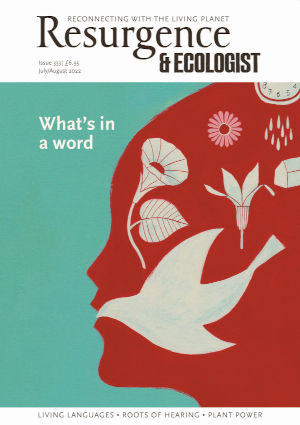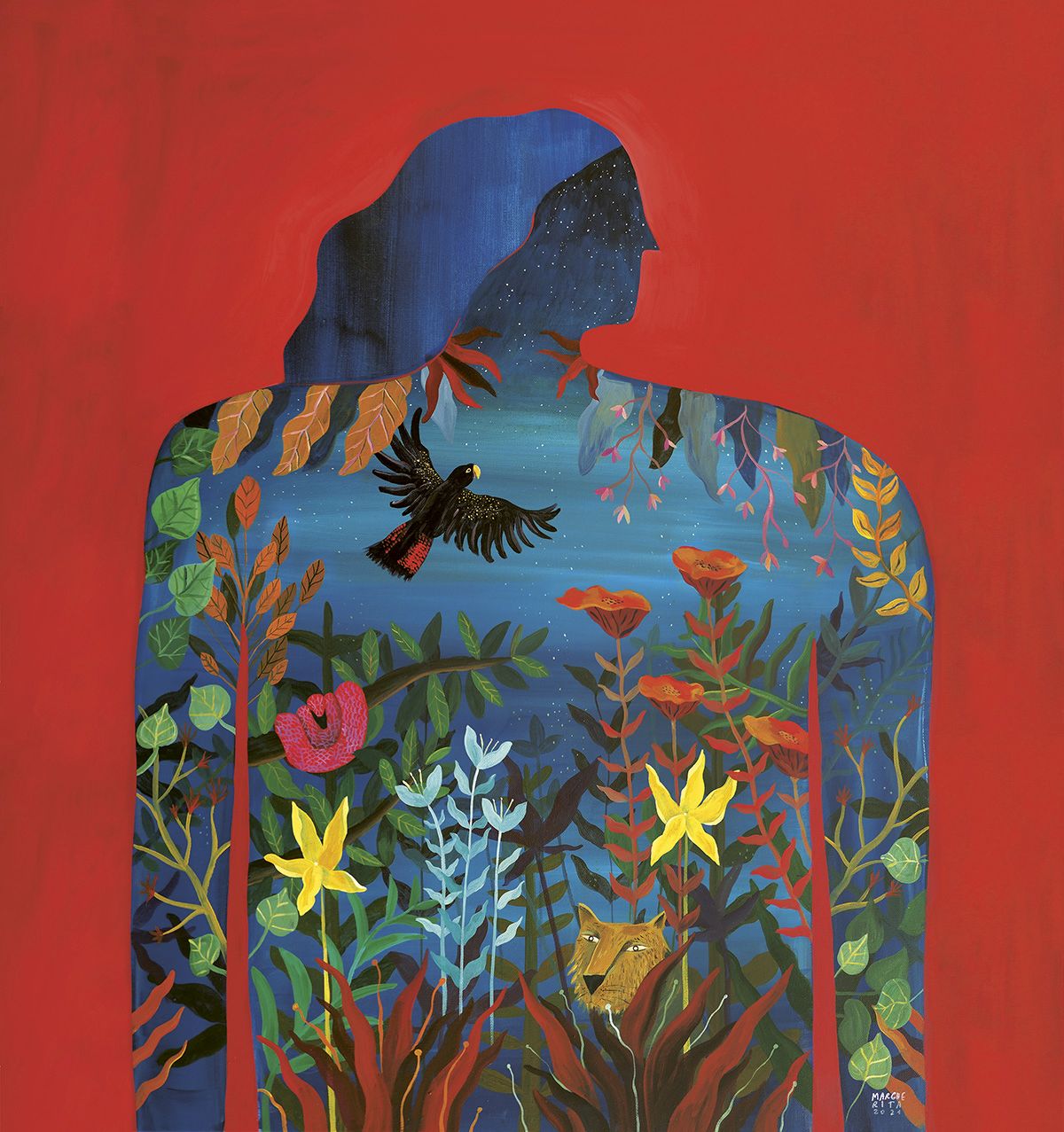It is widely reported that many Indigenous languages are ‘dying out’. What is not often discussed, however, is the fact that the languages in question don’t just disappear naturally. Rather, their speakers are often wiped out – by outsiders. Even today, where Indigenous people survive, their languages can still be ‘lost’. There may be many causes, but they are almost always rooted in forced assimilation into industrial society.
The last fluent speaker of a language dies every two weeks, taking with them “the hundreds of generations of traditional knowledge encoded in these ancestral tongues”, according to the Living Tongues Institute for Endangered Languages. This is not surprising, considering that 2 million Indigenous children worldwide are being ‘educated’ at factory schools, institutions created specifically to assimilate tribal children into mainstream society. (See Lessons in Destruction, Issue 323.) Death doesn’t linger far from these places. The purposeful eradication of cultural and linguistic ties is a slow form of genocide that has devastating effects not only on entire peoples, but also on the environment.
Languages are closely tied to knowledge. Knowledge is only useful if it can be expressed, used and shared. Knowledge of the places where people live (forests, plains, savannahs, mountains, deserts, tundra) and what they can offer humanity (food, medicines, real solutions to curb climate change) is crucial to us all. Being able to talk about the tiniest nuances of these environments may not seem like much, but the butterfly effect from these conversations is immense.
The Awá people in Brazil call their homeland Harakwá, which means ‘the place that we know’. They have studied, managed and looked after their lands since time immemorial, passing down and developing their knowledge through the generations. They depend entirely on their land for food, spirituality, medicine – in short, life – and the land depends on the Awá to protect and nurture it.
But their lands are being destroyed for the rapacious extraction of sugar cane (partly grown for biofuels) and gold mining. Without their lands, the Awá would not survive, and nor would the vast biological diversity found on their land. The language of the Awá (Guajá), which carries centuries of ecological knowledge, would be lost.
This is not a situation unique to the Awá – it is one repeated all over the globe, where the people living closest to their natural environments are being pushed to the brink, and their lands stolen and exploited for natural resources.
If we lose biodiversity, we lose human diversity, and vice versa. Without both, humanity will be plunged into the next Dark Age, one from which we might not recover. Standing up for Indigenous rights, lands and lives has never been more important.







